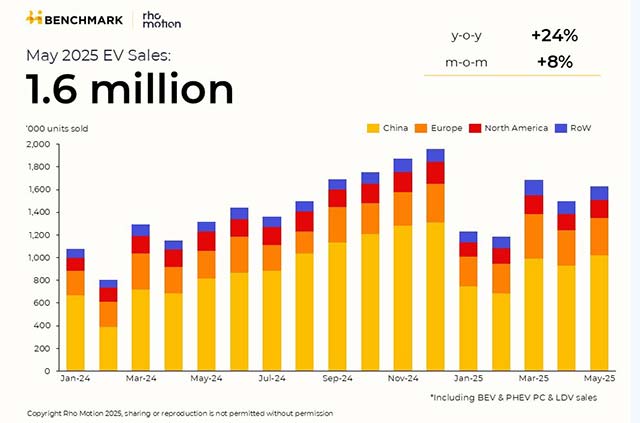Chemical and Structural Degradation of Single Crystalline High‐Nickel Cathode Materials During High‐Voltage Holds
Advanced Energy Materials, EarlyView.

The study explores degradation of high-nickel NCM cathodes during prolonged high-voltage holds, revealing a novel non-linear increase in charge transfer resistance (R
CT) due to an inhomogeneous, resistive surface reconstruction layer (SRL). Detailed analyses uncover the gradual growth and non-uniformity of the SRL, which causes constriction effects leading to increased R
CT. The study provides new insights into fundamental NCM degradation.
Abstract
Enhancing the energy density of lithium-ion batteries (LIB) by increasing the nickel content in layered transition metal oxides is challenging due to accelerated degradation at high potentials. Here, degradation of single crystalline LiNi0.83Co0.11Mn0.06O2 (NCM831106) is investigated during prolonged, constant potential holds (U hold = 4.5 V versus Li+/Li), using transmission electron microscopy (TEM), secondary ion mass spectrometry, and X-ray photoelectron spectroscopy. Electrochemical impedance spectroscopy reveals a novel non-linear increase in charge transfer resistance of the cathode over time. The findings show that after initial thinning, the CEI exhibits notable stability in composition and structure during prolonged holds. In contrast, the growth of a cubic, rock salt-like surface reconstruction layer (SRL) at the NCM surface is continuous. TEM image processing provides detailed insights into the non-uniform spatial distribution of the SRL. Employing a resistor network model, it is proposed that this spatially inhomogeneous, resistive SRL and consequent local current constrictions explain the non-linear resistance increase. These findings contribute to the understanding of cathode degradation during long-term high-voltage operation, i.e., when LIBs are maintained in a highly charged state. These results highlight, that progressive SRL formation, rather than CEI changes, dictates the evolution of kinetic limitations for high-Ni NCM.
















































































































































